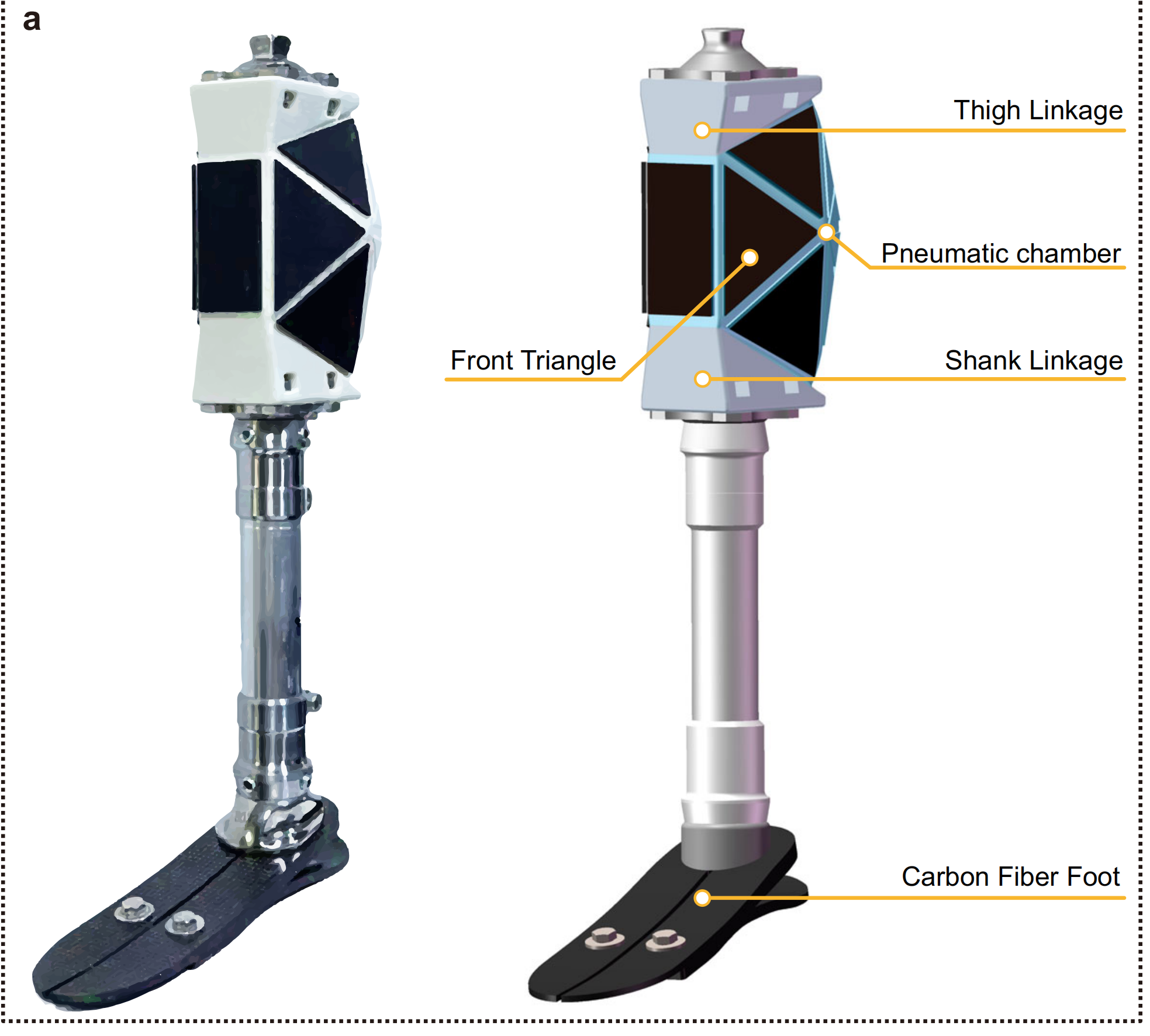Satellite Internet: Removing 'Digital Divide'
China achieved a milestone in space technology recently, by successfully launching 18 low-Earth orbit satellites from the Taiyuan Satellite Launch Center using a single Long March 6 rocket. These satellites are part of the "Qianfan Constellation", marking the third phase of its deployment. Once complete, this constellation will include over 10,000 satellites orbiting Earth, creating a vast satellite internet network.
The Qianfan Constellation is just one among many satellite internet projects that China is actively pursuing. These initiatives aim to place communication "base stations" in space, delivering reliable internet access to underserved and remote regions around the globe. The vision is grand: a future where no one is left offline due to geographical barriers.
Satellite internet a game-changer
Satellite internet is, in essence, a communication network enabled by satellites acting as mobile "base stations." Unlike traditional ground-based networks, satellite internet has the capacity to reach places where terrestrial infrastructure struggles to operate, such as deserts, oceans, mountainous areas and even mid-flight.
According to the International Telecommunication Union, around one-third of the global population remains unconnected. Satellite internet provides a promising solution for bridging this digital divide. It offers fast and stable connections to regions that conventional networks find inaccessible. "Whether you're in a remote desert or deep at sea, satellite internet can offer the same connectivity as being at home," explained Xiang Kaiheng, former chief designer of China Aerospace Science and Industry Corporation's Hongyun Project.
Practical applications are already emerging. Satellite internet is being used to provide connectivity for vehicles, ships and airplanes. For individuals, it offers the ability to make satellite calls when mobile signals are unavailable. Devices supporting direct satellite communication are entering the market, and companies have started offering subscription-based services with dedicated terminals and data plans.
However, current costs remain high, reflecting the early-stage development of the technology. Experts believe that while satellite internet currently lags behind 5G in terms of speed and latency, ongoing advancements will narrow this gap. In the future, users may enjoy seamless connectivity, whether through terrestrial or satellite networks, depending on their location and needs.
Aiming for global coverage
The journey to effective satellite internet lies in building vast constellations of satellites. Low-Earth orbit (LEO) satellites, which operate at altitudes of 300 to 1,400 kilometers, play a key role in this endeavor. See page 3
Their lower orbits result in reduced signal delay and better data transmission quality compared to high-orbit satellites.
However, achieving global, uninterrupted coverage requires thousands of satellites working in coordination to eliminate service gaps. Several countries are racing to deploy LEO satellite networks. The Starlink program by SpaceX has already launched thousands of satellites with an ambitious target of 42,000 in total. China is advancing rapidly, with flagship projects like the GW Constellation, the Qianfan Constellation and the Hongyan Project. Combined, these initiatives involve plans for tens of thousands of satellites.
Despite this progress, challenges remain. The availability of orbital and frequency resources is a pressing concern. Space is not infinite, and international regulations follow a "first come, first served" principle. According to experts, the maximum capacity for LEO satellites is far less than the cumulative plans of various nations.
Another challenge lies in reducing costs. The deployment of massive satellite constellations requires frequent launches, which demand advanced, cost-efficient rocket technology. Reusable rockets are essential to make satellite internet services affordable for consumers. Additionally, integrating satellite and terrestrial networks—referred to as "space-ground convergence"—is a technological hurdle that requires breakthroughs in areas like signal routing, data security and anti-interference systems.
The future of connectivity
The promise of satellite internet is not limited to bridging the digital divide. It also forms the backbone of future communication systems like 6G, which aims to create a fully integrated global network across land, sea, air and space. Beyond internet access, satellite constellations are expected to support applications in navigation, remote sensing and emergency response.Initiatives under China's 14th Five-Year Plan emphasize research in satellite communication, while new commercial players contribute to rapid advancements in the field. As these networks expand, they will transform not only how we connect but also how we interact with the world.
From enabling real-time communication in remote areas to supporting advanced applications in smart cities and autonomous transportation, the potential of satellite internet is vast. With continued innovation, the day when satellite internet seamlessly integrates into our daily lives may be closer than we think.







